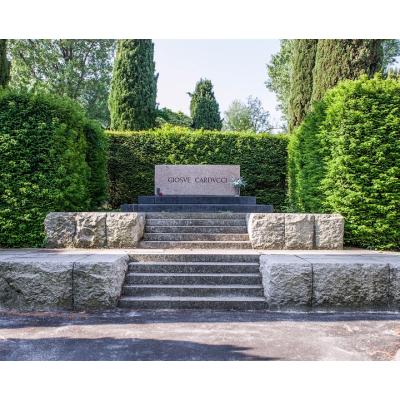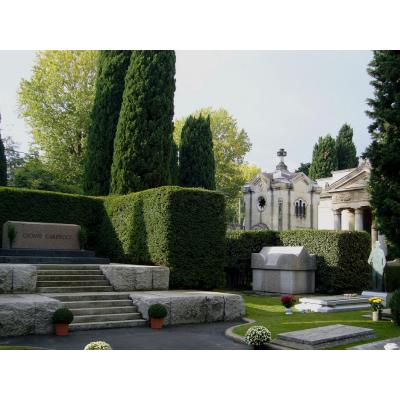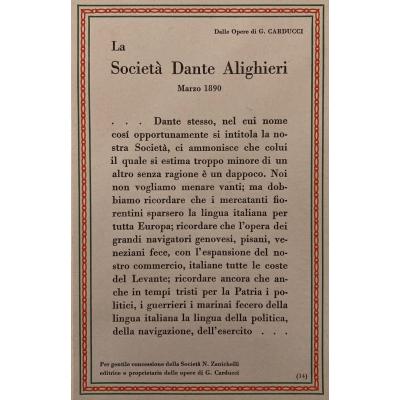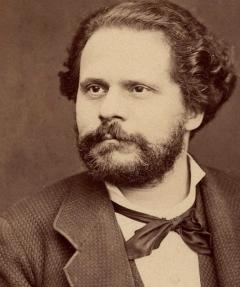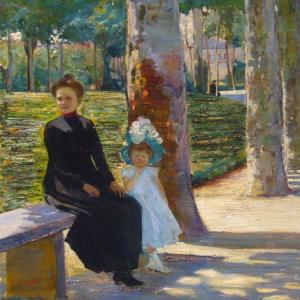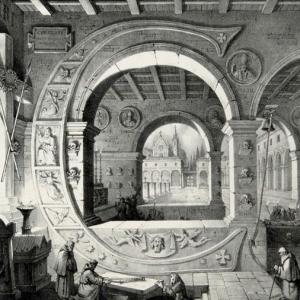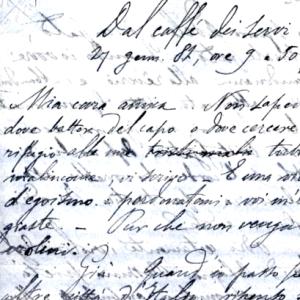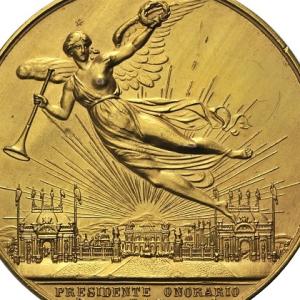Scheda
Giosue carducci was a poet, historian, editor, philologist, critic, organizer of cultural activities all over Italy, he was also one of the protagonists of our society in the nineteenth century.
Life’s chronology
1835: was born the 27th of July in Valdicastello, from Michele, who was a doctor, and Ildegonda Celli
1838-1856: lived in Bolgheri, then in 1849 he went to study in Florence. In 1856 he graduated in philosophy and philology
1857: taught In San Miniato, there he published the first poetry book called “Le Rime”
1860: on the 18th of August he was named professor at the university of Bologna by the minister of education. He lived in Bologna until his death
1865: published “Inno a Satana”, composed in 1863
1870: son Dante and his mother died
1872: knew Carolina Cristofori Piva and fell in love with her
1877: first edition of the “Odi Barbare” was printed out
1878: met the royal family in Bologna and he dedicated to Margherita di Savoia “L’ode alla Regina d’Italia
1882: published the “Giambi ed Epodi”
1886: was appointed academic to the bran and he was reintroduced in the freemasonry
1887: published the “Rime Nuove”
1890: was named senator
1899: is struck by an attack of paralysis. The “Rime e Ritmi” are published
1906: on the 10th of December he was awarded the nobel for literature
1907: died in the night between the 15th and the 16th of February.
In front of the ossuary dedicated to the deaths of World War I there is the ‘Campo Carducci’, a large rectangular area bordered by hedges and beautiful trees which ends in the south with the cenotaph of the poet Giosue Carducci, which consists of a staircase on which there is an altar made of Egyptian granite. During the fascist regime, the poet's corpse was moved from his family tomb to this monument. The cenotaph is located in the part of the monument that can be seen, while the grave is located in the underground crypt. In addition to the poet, his wife and his children’s corpses have been buried here.
Along the path near the old boundary wall , there is the burial of the latinist Giovanni Battista Gandino. After Carducci's death people wanted an honorary monument to be built , the artist engaged was Leonardo Bistolfi (1859 - 1930), it was harder to make the decision to place it near his last house (where today there is "Carducci's House" and the Civic Museum of Risorgimento), into the garden. The monument, which was made in Carrara's marble, was designed in 1909, but it was inaugurated on the 12 June 1928, in front of the KIng Vittorio Emanuele III and the queen Elena. The core of the monument represents the poet sat, on the left there is a representation of the nature, while on the right there is a representation of the "Sauro destrier della canzone", which shows the Fantasy and the Technique that disciplines it. The big relief in the background represents a summary of the literary work, highlighting the moral aspects, Love and Strength.
Traduzione degli studenti del Liceo ginnasio Luigi Galvani di Bologna, anno 2017-2018.

